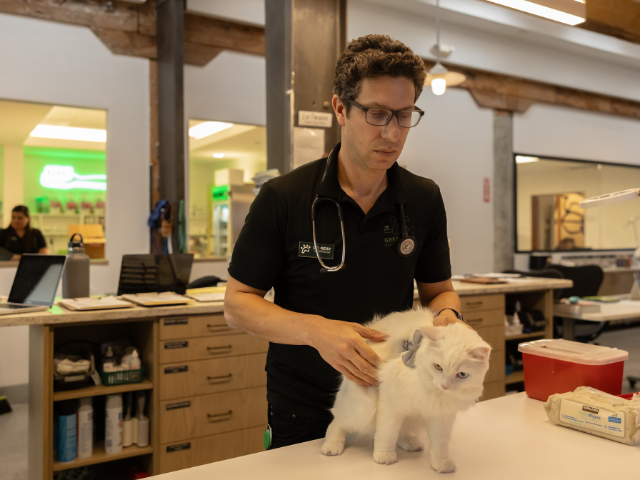
Cat Dermatology
Recognizing Symptoms
If your cat appears uncomfortable, excessively scratches, or loses hair, it could suffer from skin problems. Such conditions are usually not emergencies but can affect the cat's quality of life.
Identifying Skin Problems
- Key signs include:
- Hair loss or bald patches
- Excessive or frenetic grooming
- Red, scaly, patchy, or scabby skin
- Presence of fleas or ticks
- Excessive head shaking
Types of Skin Conditions
- Ordinary cat skin issues include:
- Flea-induced itchiness and allergies
- Tick bites causing bumps or swelling
- Ear issues like mites or infections
- Food or contact allergies
- Skin cancer
- Cat acne
- Dermatitis due to allergies to grooming products or environmental irritants
Diagnostic Tests
Veterinarians employ various tests, such as microscopic examinations of ear material or skin scrapings, to diagnose skin conditions. Ringworm, for instance, should be immediately diagnosed and treated due to its transmissibility.
Treatment Options
Treatments are specific to the diagnosed condition:
- Flea control for flea-related issues
- Food changes for allergies
- Immune-modulating medication for allergic responses
- Anti-itch medications for comfort
- Antifungal medication for ringworm
- Some treatments require a vet-administered injection, while others can be managed at home.
Conclusion
Early detection is crucial, so weekly brushing and regular vet check-ups can help catch and treat skin issues before they worsen. Work closely with your vet for an accurate diagnosis and effective treatment.
